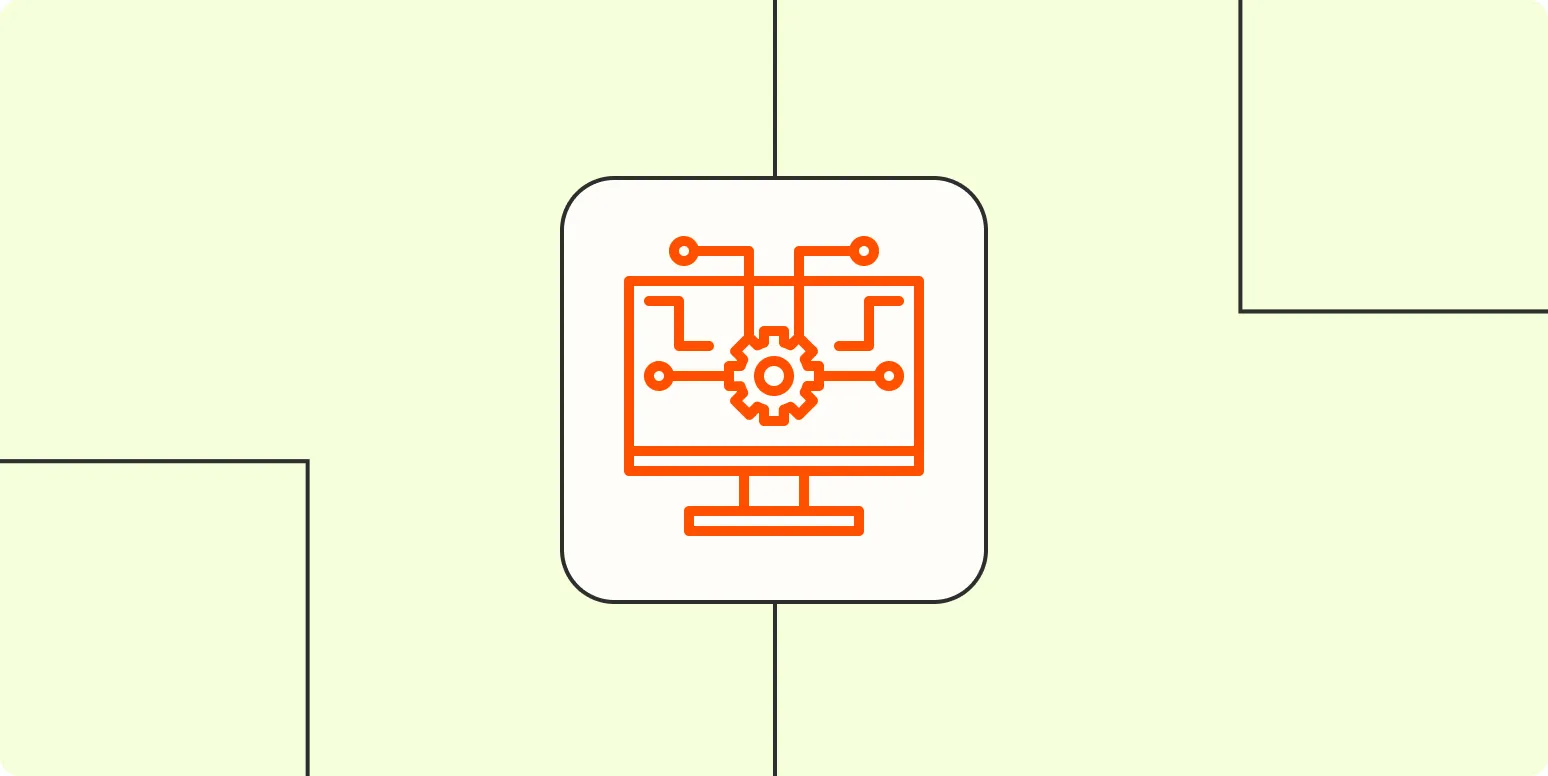Understanding Intelligent Automation
''Intelligent automation'' is a transformative technology that combines ''artificial intelligence (AI)'' and ''automation'' to enhance business processes. By leveraging machine learning algorithms, natural language processing, and robotic process automation (RPA), organizations can streamline operations, reduce costs, and improve overall efficiency. This evolution in automation goes beyond simple task execution; it allows for smart decision-making and adaptability in ever-changing environments.
Key Components of Intelligent Automation
To effectively implement intelligent automation, it's essential to understand its key components:
- Robotic Process Automation (RPA): Enables the automation of repetitive tasks through software robots.
- Artificial Intelligence (AI): Enhances automation by enabling machines to learn from data and make decisions.
- Machine Learning: A subset of AI that allows systems to learn from data patterns and improve over time.
- Natural Language Processing (NLP): Allows machines to understand and interpret human language, enhancing communication and interaction.
Benefits of Intelligent Automation
Implementing intelligent automation can yield numerous benefits for organizations, including:
| Benefit | Description |
|---|---|
| Increased Efficiency | Automating routine tasks allows employees to focus on higher-value work. |
| Cost Reduction | Streamlined processes lead to lower operational costs and higher profitability. |
| Improved Accuracy | AI-driven automation reduces human error, ensuring more reliable outcomes. |
| Scalability | Automated systems can easily scale operations to meet growing business demands. |
| Enhanced Customer Experience | Faster service delivery and personalized interactions improve customer satisfaction. |
How to Apply Intelligent Automation
To successfully implement intelligent automation in your organization, follow these steps:
1. Identify Suitable Processes
Begin by identifying the processes that are repetitive, rule-based, and time-consuming. These tasks are prime candidates for automation. Engage stakeholders to assess which areas could benefit the most from increased efficiency.
2. Evaluate Technology Options
Research and evaluate various intelligent automation tools available in the market. Consider factors such as integration capabilities, scalability, and user-friendliness. Popular tools include UiPath, Automation Anywhere, and Blue Prism.
3. Develop a Strategy
Create a comprehensive strategy that outlines your implementation plan. This should include timelines, resource allocation, and key performance indicators (KPIs) to measure success.
4. Pilot the Automation
Before a full-scale rollout, conduct a pilot project to test the automation in a controlled environment. This allows you to identify potential issues and make necessary adjustments before broader implementation.
5. Measure and Optimize
After implementing intelligent automation, continuously monitor its performance against the established KPIs. Use data analytics to identify areas for improvement and optimize the automation for better results.
Challenges of Intelligent Automation
While the benefits of intelligent automation are significant, organizations may encounter challenges during implementation:
- Change Management: Employees may be resistant to change, fearing job loss or increased complexity. It’s crucial to communicate the benefits and provide training.
- Integration Issues: Integrating new automation tools with existing systems can be complex and time-consuming.
- Data Quality: Inaccurate or incomplete data can hinder the effectiveness of AI and automation processes.
The Future of Intelligent Automation
The future of intelligent automation looks promising. As technology continues to evolve, we can expect more sophisticated systems that can handle increasingly complex tasks. The integration of ''machine learning'' with ''RPA'' will further enhance decision-making capabilities, leading to smarter automation solutions.
Organizations that embrace intelligent automation will likely gain a competitive edge in their respective industries. By improving operational efficiency and enhancing customer experiences, businesses can position themselves for long-term success in a rapidly changing market landscape.
Conclusion
In conclusion, intelligent automation represents a significant shift in how organizations approach efficiency and productivity. By understanding its components, benefits, and application strategies, businesses can harness the power of this technology to drive innovation and achieve their goals. As you explore intelligent automation, remember that the journey is ongoing, and continuous optimization will be key to unlocking its full potential.





